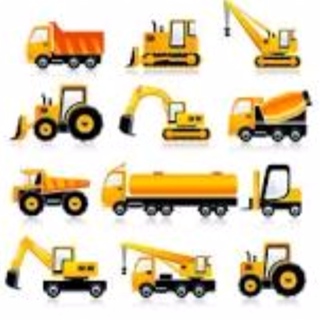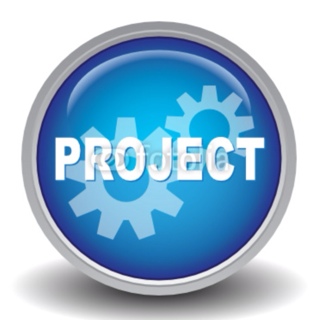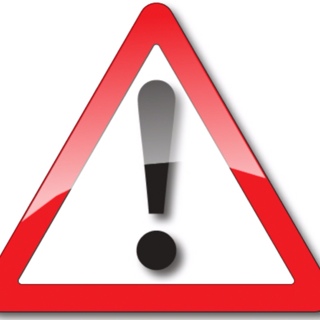Title Page
-
Document No.
-
MCC identification
-
MCC Bar Code
-
Building
-
Conducted on
-
Technician name
-
Additional Personnel
AS1851 & Contract requirements
-
Select Frequency for MCC board
- 3 Monthly
- Annual
-
Check reset buttons and reset as necessary<br>Report and record any resets
-
Check operation of all globes and replace as necessary
-
Replace any blown fuses and check operation of equipment supplied<br>Record details
-
Check that all wiring duct covers are fitted
-
Check contactors and relays for excessive wear, pitting or coil noise
-
Check switches and contactors for security of mounting
-
Ensure adequate stock of fuses are available at designated location
-
CHECK for loose busbar connections and cable
-
CHECK general condition of conduits, connectors,<br>switches and wiring for any condition likely to<br>adversely affect their function.
-
CHECK, clean or replace, as necessary, any faulty contacts or relays
-
CHECK overload ratings against motor nameplate ratings. (record)
-
CHECK circuit protectors (fuses and circuit breakers) for correct rating
-
CHECK connections at motors, switchboards and equipment subject to vibration. Re tighten cable terminations as necessary.
-
INSPECT interpole barriers and shrouds where fitted
-
CHECK and rectify any damaged or faulty exposed cable insulation.
-
INSPECT each switchboard internally and externally to ensure it is clean and free from rubbish.
-
CHECK panel seals, and rectify if faulty
-
CHECK and report where wiring diagram(s) or schedules are considered to be incorrect
-
CHECK continuity to earth. (note where measurements have been taken)
-
CHECK and record neutral current
-
Check and record all motor current and compare with rating (use Form 2)
-
Arrange for thermoscan and forward results to the Principals Representative
AS3019
-
The following tests are carried out as far as reasonable practicable.
in some cases isolation of the board may be required please note if permission to isolate is denied -
Media and notes can be added to each question
General
-
Fault Protection (protection against direct contact with exposed conductive parts)
-
Exposed terminals, lack of physical barrier isolation for terminals or bus"
-
"Fault Protection (protection against indirect contact with exposed conductive parts)
-
Double insulation, RCD protection, SELV, PELV, "
-
Protection against hazardous parts (enclosure, lighting levels, locked cupboards or boards)
-
Protection against spread of fire (fire penetrations etc)
-
General condition of the electrical equipment (damage that could impair safe operation, disconnection of unused electrical equipment, corrosion, water damage or indication )
-
Cables, electrical equipment show no undue evidence of insulation or sheath deterioration, and have appropriate mechanical protection for the environment in which they are installed.
-
Mechanical/Physical damage to Electrical Equipment, electrical ducts, conduit or trunking
-
Conductor insulation is the correct colour
-
RCD, MCB, Fuses and Switches show no evidence of mechanical damage, correct orientation of MCB
-
Covers giving access to live parts broken, missing or not fitted
-
Electrical fittings/equipment have correct IP rating, and is designed for the environment in which it is located
-
"Safety distance clearances have not been compromised
-
Distances from live parts, access door clearances etc."
-
Overheating, Electrical arcing, mechanical or electrical damage to wiring or electrical equipment
-
"Conductors are held securely in their terminals and are not subject to tension at the terminations.
-
(Connectors, terminals, are crimped and connected correctly etc)"
-
Thermographic testing
-
Use of double adaptors
Earthing
-
MEN Connection (Connection, condition & Location)
-
Earth Electrode (Connection, condition & location
-
Earth Connections, wiring and equipment show no evidence of corrosion, damage or poor connections
-
Earthing conductors (size, id are correct etc)
-
Equipotential Bonding conductors (size, id)
-
Connections , terminations, joints (good connections etc)
-
Exposed metal liable to become alive is connected to earth ( panels, doors etc.)
-
External protection (does the connection require mechanical protection, condition of existing protection)
Switchboards
-
Isolating switches (condition)
-
Protective devices (discrimination, selection and setting of protective devices)
-
Location (ingress, egress, restricted locations
-
"Connection bars, links and terminal condition (no broken links, faulty terminations, incorrect connections)"
-
Switchboard equipment is correctly labelled
-
Neutral bars are mounted on insulated supports
-
Live part access requires a tool or key to access
Electrical Equipment
-
Isolation and switching devices for protection against injury from mechanical movement devices and motors
-
Isolation and switching devices for protection against injury from thermal effects, motors, heaters
-
Installation conditions, (locations affected by water, explosive, corrosive atmospheres etc)
-
Electrical Equipment is adequtely supported (mounting bolts, fittings, unistrut etc.)
-
Standard compliance
Wiring systems
-
Conductor size (current carrying capacity, voltage drop If load or Maximum demand is known)
-
Wiring terminations are correct and in good condition, screws and terminals are tight
-
There is adequate insulation or distance between live conductors and earth
-
Cable core ID (Cables have identifiers fitted)
-
Adequate support & fixing (cables are neat and tidy, there should be no undue strain or poor routing of wiring)
-
Connection & enclosure (No mechanical damage to enclosures, seals are intact and connections are good. Cables glands are attached and working correctly)
-
Correct segregation of services and installation type
-
Protection against external sources (adequate IP rating, condition of conduit etc)
Limited Testing
-
Earth Continuity Test (indicate earthing that was tested)
-
The main earthing conductor between the Switchboard and earth electrode is continous and and does not exceed 0.5 Ω"
-
The connection between any point of the installation and the switchboard earth bar is continous
-
The resistance of equipotential bonding does not exceed 0.5 Ω (indicate what has been tested)
Polarity and correct circuit connections
-
All switches and protective devices, switch the active conductor only
Earth leakage current
-
Measure neutral and earth leakage, if earth leakage is greater than 10 mA then further tests may be required.<br>Record measurements
Completion
-
Comments (add any additional concerns or safety issues here)
-
Name and signature of technician carrying out maintenance
-
Licence Number












